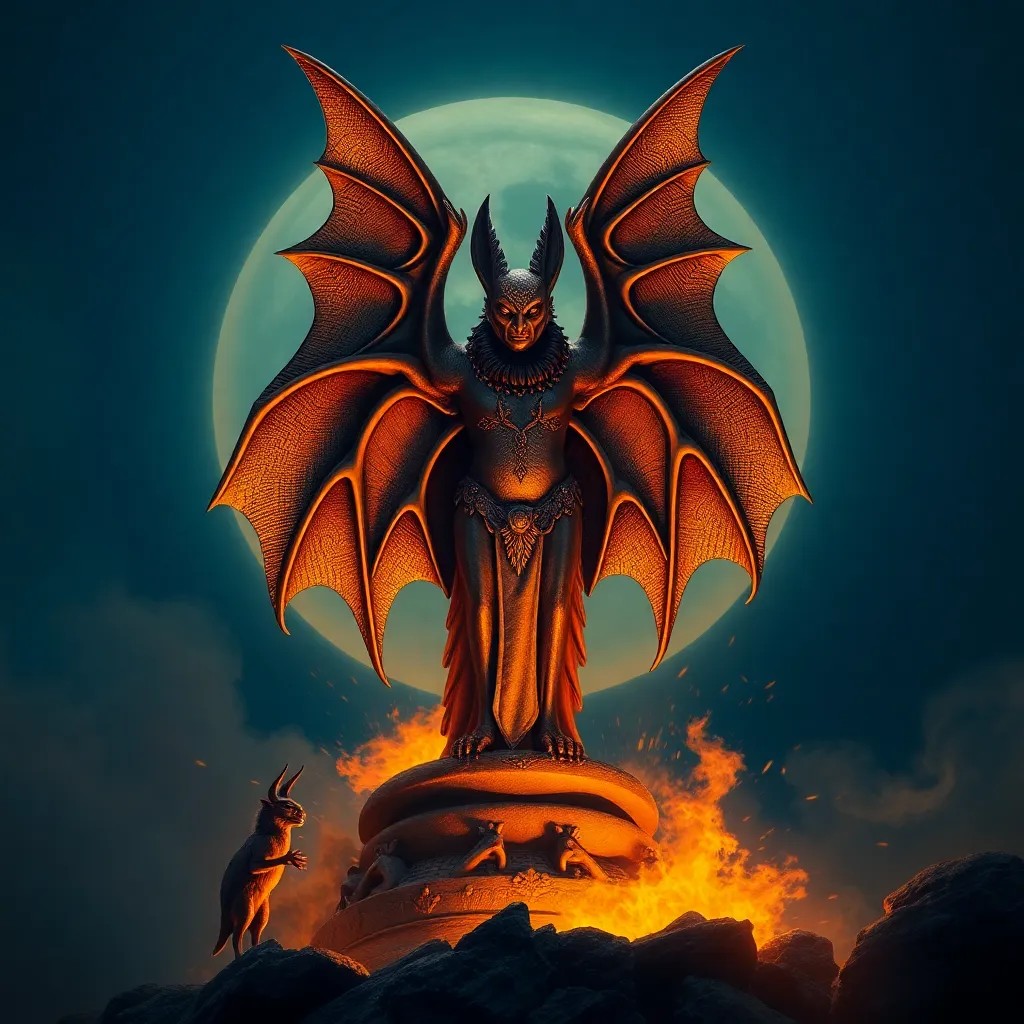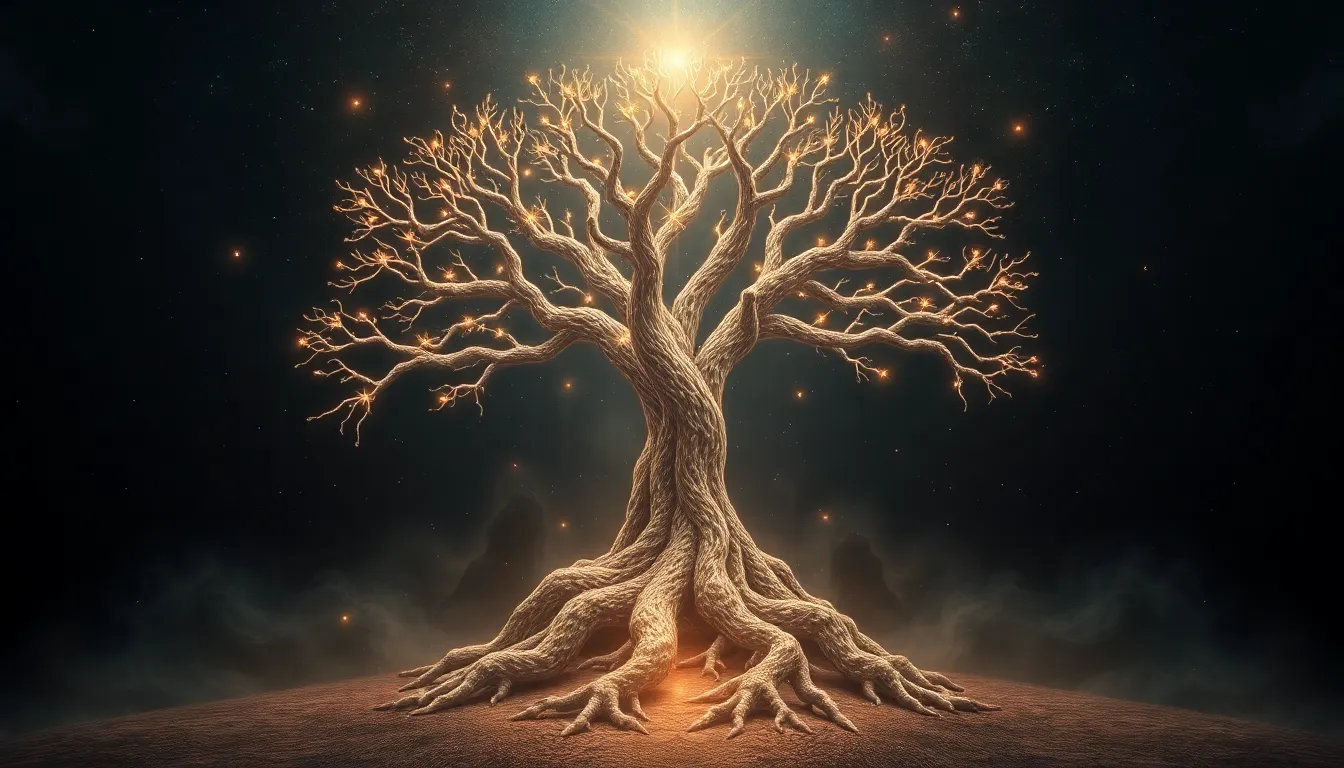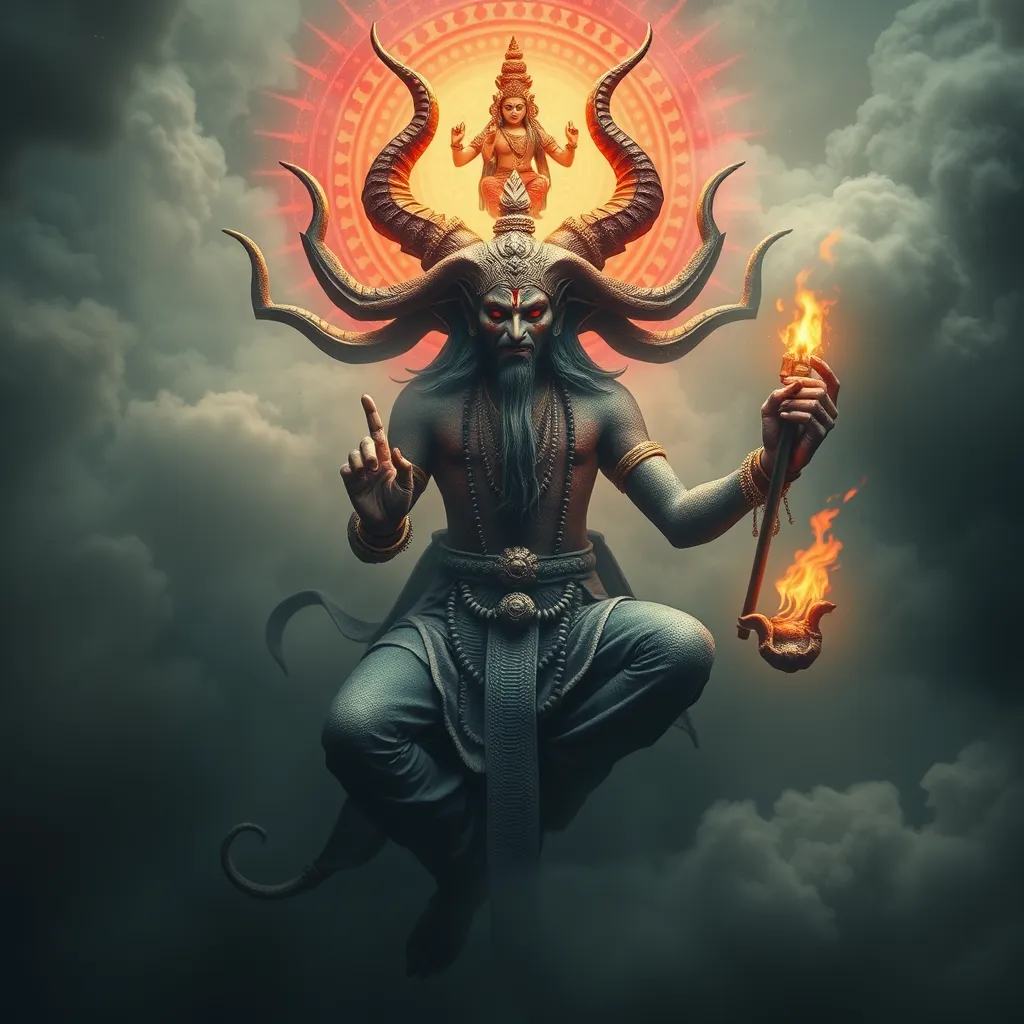From Camazotz to Bat Gods: Examining the Evolution of Bat Deities in Mesoamerica
I. Introduction
Bats have held a unique position in Mesoamerican cultures, symbolizing a range of attributes from fertility to death. Their nocturnal nature and ability to navigate in darkness have led to complex representations in mythology and art. The significance of bats extends beyond mere symbolism; they were often associated with deities that played crucial roles in ancient societies.
This article seeks to explore the evolution of bat deities in Mesoamerica, including their origins, cultural significance, and impact on agriculture and ecology. By examining the multifaceted nature of bat worship, we gain insight into the spiritual and environmental relationships that ancient civilizations had with these remarkable creatures.
II. The Origins of Bat Worship in Mesoamerica
The origins of bat worship in Mesoamerica can be traced back to early depictions in pre-Columbian art, where bats were often portrayed with enigmatic attributes. Their association with the underworld, fertility, and navigation made them significant figures in the spiritual lives of ancient peoples.
Key civilizations that engaged in bat worship include:
- The Maya
- The Aztecs
- The Olmecs
Each civilization had its own interpretations and representations of bats, reflecting their cultural contexts and beliefs.
III. Camazotz: The Bat God of the Maya
Camazotz, often referred to as the Bat God of the Maya, is one of the most prominent bat deities in Mesoamerican mythology. He is depicted as a humanoid figure with bat-like features, symbolizing the intersection of life and death.
Some key attributes of Camazotz include:
- His association with darkness and the underworld
- The ability to navigate between realms of existence
- His role as a harbinger of death and renewal
Myths surrounding Camazotz often involve themes of sacrifice and transformation, illustrating his integral role in Mayan cosmology. Rituals dedicated to Camazotz included offerings and ceremonies aimed at appeasing this powerful deity.
IV. The Influence of Bat Deities on Aztec Religion
In Aztec mythology, bats were also revered, representing a range of dualities such as life and death, fertility and decay. One of the notable bat-associated deities is Tlazolteotl, the goddess of purification and fertility, who was often depicted with bat motifs.
Key figures in Aztec bat mythology include:
- Tlazolteotl – associated with love, lust, and purification
- Tezcatlipoca – a god of the night sky, often linked to bats
Ritual practices involving bats included offerings and ceremonies to ensure agricultural fertility, reinforcing the connection between bat worship and sustenance in Aztec culture.
V. The Role of Bats in Mesoamerican Agriculture and Ecology
Bats play a crucial ecological role in Mesoamerican environments, particularly in pollination and insect control. Their significance extends to agricultural practices, where they are seen as symbols of fertility and abundance.
Some key points regarding the ecological importance of bats include:
- Pollination of fruits such as bananas and avocados
- Control of insect populations, benefiting agriculture
- Contribution to the health of ecosystems through seed dispersal
This ecological significance further solidified their symbolic representation in agricultural contexts, linking bat worship to the sustenance of Mesoamerican societies.
VI. The Transition of Bat Deities Through Time
The post-Columbian era brought significant changes to the worship of bat deities. The arrival of European colonizers led to the syncretism of indigenous beliefs with European religious practices, altering the perception and role of bats in spiritual life.
Modern interpretations of bat deities often reflect a blend of ancient beliefs and contemporary cultural practices. In some regions, bats are still celebrated in festivals and rituals, showcasing their enduring legacy in Mesoamerican culture.
VII. Bats in Mesoamerican Art and Iconography
Artistic representations of bats in Mesoamerica are abundant, found in pottery, sculpture, and murals. These motifs illustrate the deep cultural significance and varying stylistic interpretations of bats across different civilizations.
Some notable aspects of bat iconography include:
- Variations in artistic style reflecting regional differences
- Symbolism associated with life, death, and transformation
- The evolution of bat imagery over time, adapting to changing cultural contexts
This rich artistic heritage underscores the importance of bats in Mesoamerican cultural identity and spirituality.
VIII. Conclusion
The evolution of bat deities in Mesoamerica reveals a complex interplay of ecological, agricultural, and spiritual dimensions. From the powerful Camazotz of the Maya to the multifaceted depictions in Aztec mythology, bats have been integral to understanding ancient societies.
The lasting impact of bat symbolism continues to resonate in modern society, influencing folklore, art, and cultural practices. Future research directions may explore the intersections of biodiversity and cultural heritage, deepening our understanding of Mesoamerican mythology and the enduring significance of bat worship.



